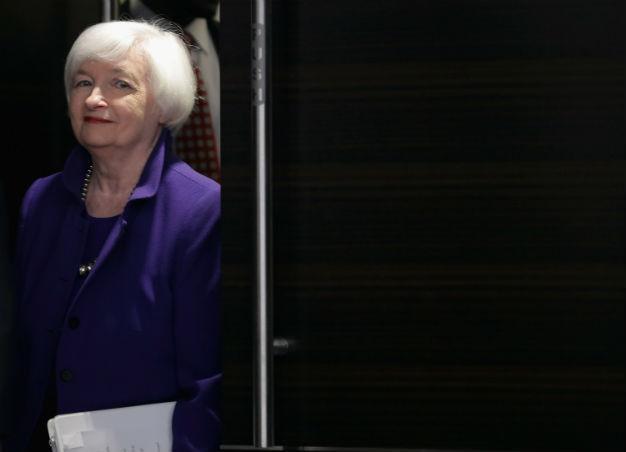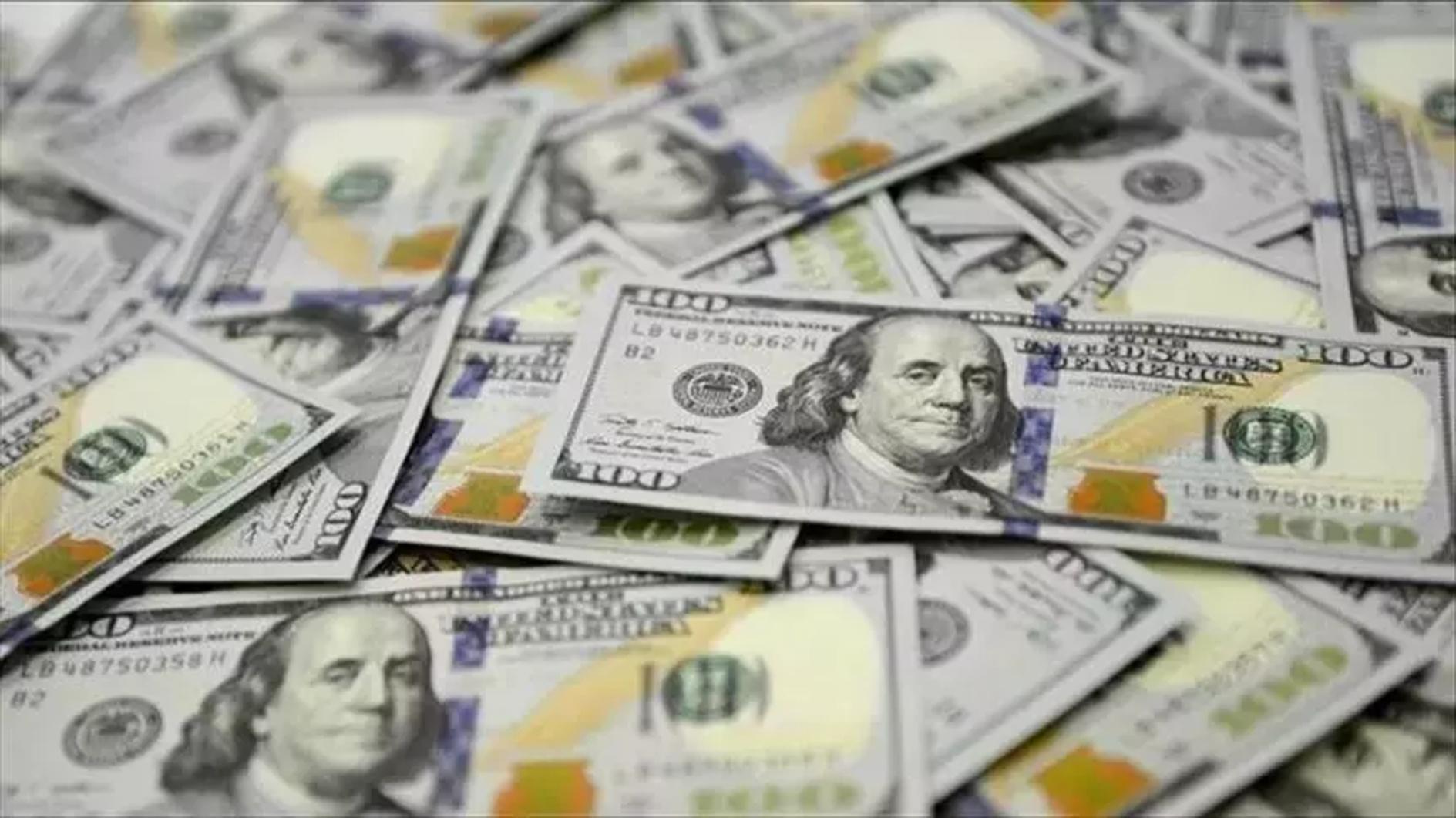ANALYSIS: All fingers point to Turkey after Fed rate hike
UĞUR GÜRSES

AFP photo
U.S. Federal Reserve (Fed) increased interest rates for the first time since 2006 by a quarter of a percentage point to between 0.25 percent and 0.50 percent.The Fed noted the “considerable improvement” in the U.S. labor market, saying policymakers are “reasonably confident” inflation will rise over the medium term to the Fed’s 2 percent objective. In the statement released after the meeting, actually a road map, the route of interest rate hikes was drawn.
From now on, the Fed stance would be based on data, in harmony with the course of the economy, and “the process is likely to proceed gradually,” it said.
In Federal Open Market Committee (FOMC), the policymakers, 10 out of its 17 members regard 2016 interest rates at over 1.40 percent. If this gradual increase is taken into account, then it means that when Fed policymakers are scheduled to meet eight times in 2016, at least at the end of four meetings, there will be hike rates by 25 base points to make the interest rate at the end of the year 1.50.
According to estimates, hikes will continue also in 2017, with an additional 1.25 percent in increases during the year, so it will be 2.75 percent by the end of 2017. An increase in inflation may bring higher rates; a decline in the employment circumstances may bring the suspension of rate hikes.
The Fed drew attention to the improvement in the labor market, noted that the fall in oil prices was influential in the less than 2 percent inflation, and noted that when this effect passes, then it estimates that at the end of 2016 inflation will be near 2 percent.
“The Fed’s decision today reflects our confidence in the U.S. economy,” Fed Chair Janet Yellen said, adding that in order to not make sharp hikes in the future, and if necessary to lower them again, they “are gradually increasing rates.”
The Fed has, so to speak, drawn its sword, and has put the route on the table. It will proceed according to this route, but if there are new situations encountered on this “route” it will slow down or speed up. If there is no change in today’s outlook, then the Fed rate hike will not stop.
What is the new question now?
In place of questions such as “Will it hike rates? When will it hike rates?” now will be the question of, “Will the dose of the Fed rate hike change?”
This means high-yield bond markets and developing countries like us in this category will be scrutinized more. It is because the markets at the extreme ends of the Fed’s rate decrease and monetary easing done in three phases were these high-yield bonds and the bonds of developing countries. Now, with the start of an exit from this policy, the first effect will be on these markets.
In this outlook, developing countries like us, at least in order to maintain the interest rate difference to the dollar and in order to maintain the value of its currency, will have to hike interest rates. Those countries that are the least prepared, those that have the loosest monetary policy, will the ones that will be affected the most harshly.
Right there, all the fingers are pointing to us. The formula is simple; the money of those who are reluctant in changing interest rates will lose value most sharply.
















